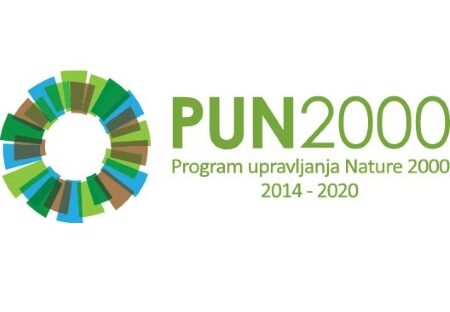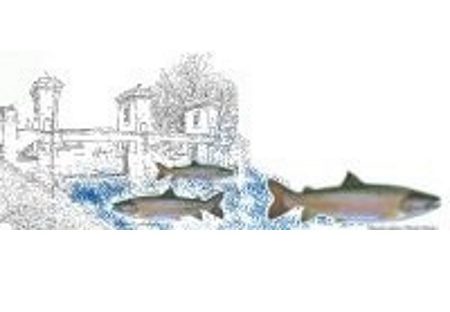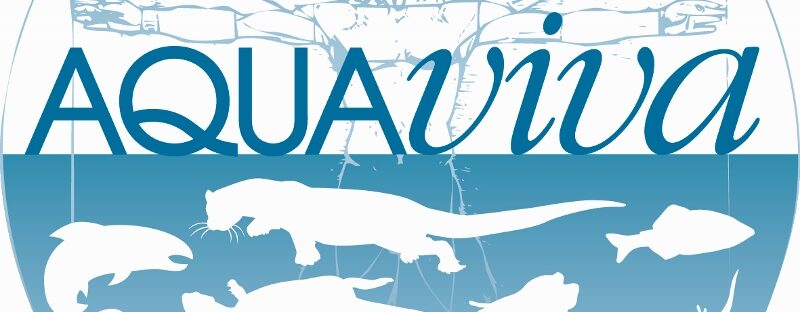When you visit/use our website, a so-called cookie is placed in your browser. Cookies are text files that are saved on the user’s computer, and allow analysis of the user’s visit, the number of their visits, and what they are interested in during their visits. A cookie contains the basic information on the user’s visit to a particular website, e.g. the names of the websites they visit on-line. The cookie content is saved into a special folder on the user’s computer. By double-clicking on the file, we can get further details on the visited website, as well as the time and date of the visit. All of these data are also stored by the administrator of the website visited by the user.
The user can change their settings in order to delete, turn off or conditionally use cookies, although this means that they will no longer be able to fully use all the features of the website. Browsers are basically set up in order to accept cookies and reject cookie setting that does not originate from the site indicated in the title bar.















